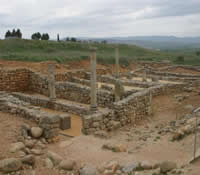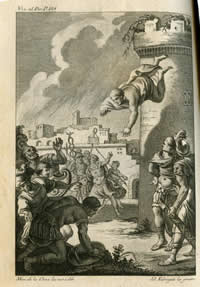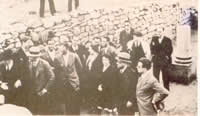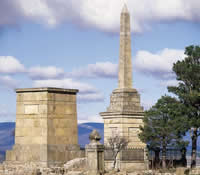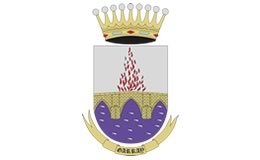Numantia is not only an archaeological site but also a symbol of resistence and the fight of a people for his freedom. The attitude of Numantians shocked so much the conquerors that them at the same time felt themselves conquered by the Numantian cause as it is proved the fact that the Celtiberial city is mentioned a lot of times by Roman writers (more than three hundred times by twenty-two writers) standing out the more complete and detailed information given by Apianus Alexandrinus who reported by Polibius, Scipio friend and eyewitness of the siege and destruction of the city. Numantia is mentioned also by Strabo, Mela, Plinius, Ptolomeus, the itinerary of Antonino of Roman Empire epoch and the Anonym of Ravenna of the 7th century. Its resistence and heroic end will be prized till the exaltation, uplifting Numantian attitude to heroic deed giving it in this way a universal dimension. Moreover, its exemple will be incorporated into the Christian tradition by writers as St Augustine and Paulus Orosius in the research of values to imitate.
This explains that the Numantia view has gone beyond the human dimension and the archaeological one through the myth linked with something essentially human as it is the fight for freedom and the defence of the weak against the strong joining in the crucible of the legend. It explains that in similar situations at present, in any other place of the world could be called on the symbol of Numantia, as it happens in sport and in particular in the football where often it alludes to the defence and Numantian resistance.



